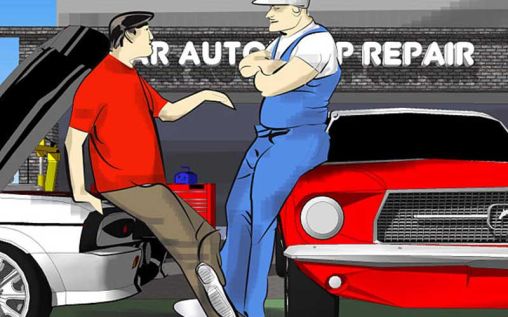How to Change Your Car’s Fuel Filter: Step by Step Guide
Posted by admin at 19 October 2014, at 15 : 06 PM

There are a lot of benefits to changing your fuel filter as a maintenance practice rather than when something goes wrong.
Your first step is buying and verifying that you have the right filter – oh, and you should buy new clamps while you’re at it. When you start the job, it’s always a good idea to disconnect the battery and make sure there are no heat sources around. Next step is to check the fuel lines around it and make sure they’re not overly rotted or you’re going to have a huge headache. If they are, it doesn’t mean the job is over but it’s going to be a bit harder. You’ll need a few more things to fix it such as a few more clamps, a tubing cutter, and a flaring tool. Don’t panic, the cheap ones will do.
So, now, let’s get to the job at hand. If your fuel lines are rubber, then you can clamp the line off from the tank with a pair of vice grips to save yourself a little bit of the mess, not a whole lot but some. Have a small bucket or a drain pan out to catch the fuel. If you don’t have one, then just cut a milk carton in half and use that. Next step is to figure out how it’s connected. Most vehicles nowadays have a type of high pressure quick connect that you need a fuel line disconnect for.
The one we were working on was attached with clamps, so all we needed was a flat head screw driver. Put on some safety goggles and keep your head turned when you start to loosen it up. Since the fuel is under a little bit of pressure, it’s bound to squirt out at first. Let the pressure drain some of the fuel out into whatever you’re using. loosen up the clamp on the side furthest from the fuel tank and let it drain out. Undo whatever type of mount it has – ours had a clip with one bolt at the top as most do. After you undo it, tip the open end of the filter into the container and let it drain as well. Undo the clamp or connector on the other side.
A bit earlier I spoke about broken fuel lines. If they’re really rotted and connected with a hose, then cut it back with the tubing cutter at a spot that looks better. Take your flaring tool and tighten it down about a 1/4 inch from the top. Slide the spreader into place and crank it down until it opens the tubing up — Now, you’re back to were you started. If the hose is still long enough, replace it with the new one. If not, just replace the hose with a longer one from the parts store. Be careful on this step, fuel filters have a directional flow that will be marked with an arrow that says flow in it. The fuel flows from the tank, so point the arrow towards the front of the car when you connect it. Secure the clamp and start on the other side.
Now, that your fuel filter is in place, leave your container underneath and reconnect your battery. We just drained all the fuel out of the lines, so it’ll take a few cranks to get it to start. When it does start, it will run a little funny for a few minutes until all the air is out of the lines. After it starts and runs, check your connections for any leaks if there are non you’re all set.
